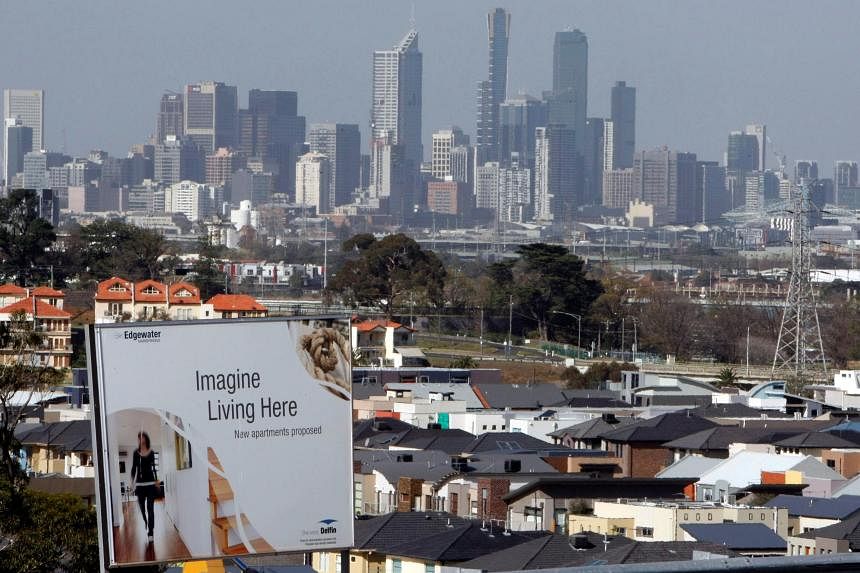SYDNEY – Australia’s monthly inflation gauge has accelerated, reflecting global trends amid higher oil prices and bolstering the case for the Reserve Bank of Australia (RBA) to hike interest rates at least one more time.
The consumer price indicator rose 5.2 per cent in August from a year earlier, matching economists’ estimates, Australian Bureau of Statistics data showed on Wednesday.
The result bucks three months of slowdown in the pace of price gains and will be a focus for new RBA governor Michele Bullock, who chairs her first board meeting next week.
The RBA has placed itself in data-dependent mode after raising interest rates 12 times since May 2022 to 4.1 per cent.
It has paused at the past three meetings, reflecting the cooling of consumer prices.
The Australian dollar and the yield on policy-sensitive three-year bonds were little changed.
Wednesday’s report showed that if volatile items were excluded, annual inflation eased to 5.5 per cent from 5.8 per cent.
The data vindicates the RBA’s stance that further tightening may be necessary and that it is too early to declare victory against inflation.
Australia has moved more cautiously in this cycle than its counterparts – its 4 percentage points of hikes compares with 5.25 by New Zealand and the United States.
The report comes after core consumer prices in the US marked their first acceleration in six months in August, adding to concerns that a renewed momentum in the economy was reigniting price pressure.
The United States Federal Reserve will receive the next set of inflation data on Friday.
Wednesday’s report is one of the last major pieces of data that Ms Bullock will see before the meeting next Tuesday, when policymakers are largely expected to hold rates steady.
The RBA has been on pause since July to assess the impact of its tightening campaign amid a mixed economic picture – consumers have slowed spending as they are forced to allocate a rising proportion of their income to mortgage repayments, while corporate confidence is still holding up.
The labour market is also tight, with hiring staying strong and the jobless rate holding in a 3.5 per cent to 3.7 per cent range over the past year.
Wednesday’s quarterly consumer price report also showed that the most significant contributors to the August annual increase were housing, transport, food and non-alcoholic beverages and automotive fuel prices. BLOOMBERG

